In emergencies and situations of extreme poverty, people with disabilities and vulnerable populations are often overlooked. HI implements prevention and response programmes to prevent and address disability, gender and age-based violence.
Protection against violence based on disability, gender and age
Worldwide, an estimated one in three women will experience physical or sexual abuse in their lifetime and women with disabilities are up to 10 times more likely to experience sexual violence. During emergencies and/or in low-income countries, protection systems are weakened and disrupted, placing the elderly, women, and children with and without disabilities at an increased risk of multiple forms of violence. This violence is expressed in physical, psychological, sexual or verbal attacks and can lead to death or cause temporary and/or permanent physical and psychological impairments. These can in turn generate disabilities due to environmental barriers.
Our approach and expertise
Since the 1990s, HI has established a detailed analysis of violence against women and children with disabilities by conducting qualitative studies and action research and by designing and implementing prevention and response programmes in several countries, including such as: Morocco, Burundi, Kenya, Rwanda, Ethiopia, Kenya, Mozambique, Bangladesh and Pakistan.
HI plays a key role in providing other protection actors with technical support for making their responses to Gender Based Violence (GBV) and Child Protection (CP) disability-inclusive. Finally, our advocacy work helps raise awareness to violence against women and children with and without disabilities and fosters alliances between organisations for people with disabilities, women's rights organisations and organisations working in the field of child protection.
Road safety
Road accidents are the 8th leading cause of death worldwide. If nothing is done, they will have moved into 5th place by 2030. Nearly 3,500 people die on the roads each day, and tens of millions are injured. Many of them are left with permanent disabilities such as paralysis or amputations.
Global Disability Summit
The Global Disability Summit 2022 will be held online from 15 to 17 February 2022. During this Summit, which aims to promote the rights of people with disabilities, HI is calling on States to be more inclusive.
One billion persons have a disability worldwide. However, meaningful inclusion remains a challenge – between 2014 and 2018, less than 2% of international aid was disability relevant. The Global Disability Summit is a key moment to build on the momentum that the disability rights movement is gaining globally and stay true to its motto: “nothing about us without us”.
Photos : © B. Blondel / HI - © W. Huyghe / HI - © K. Vadino / HI








